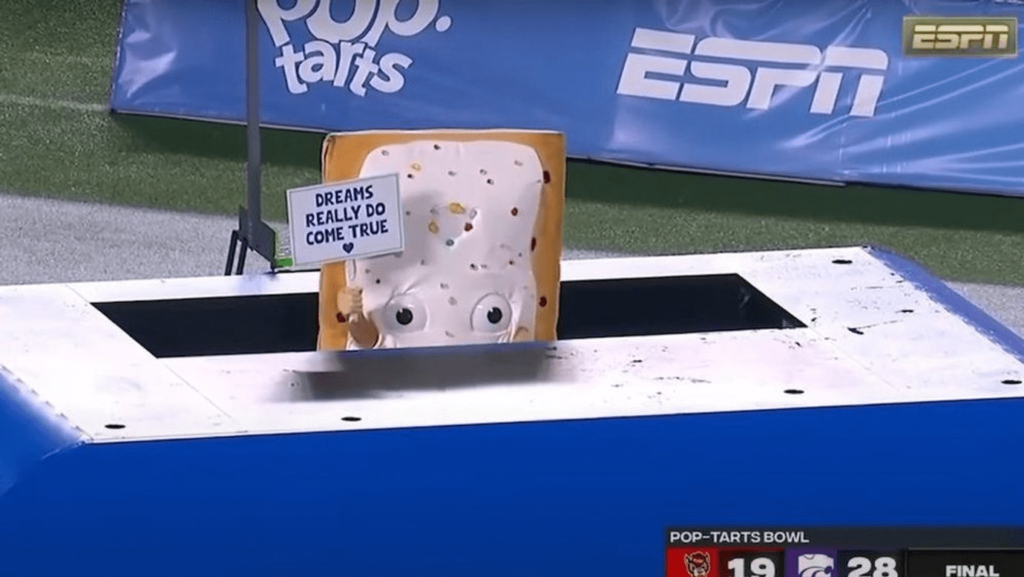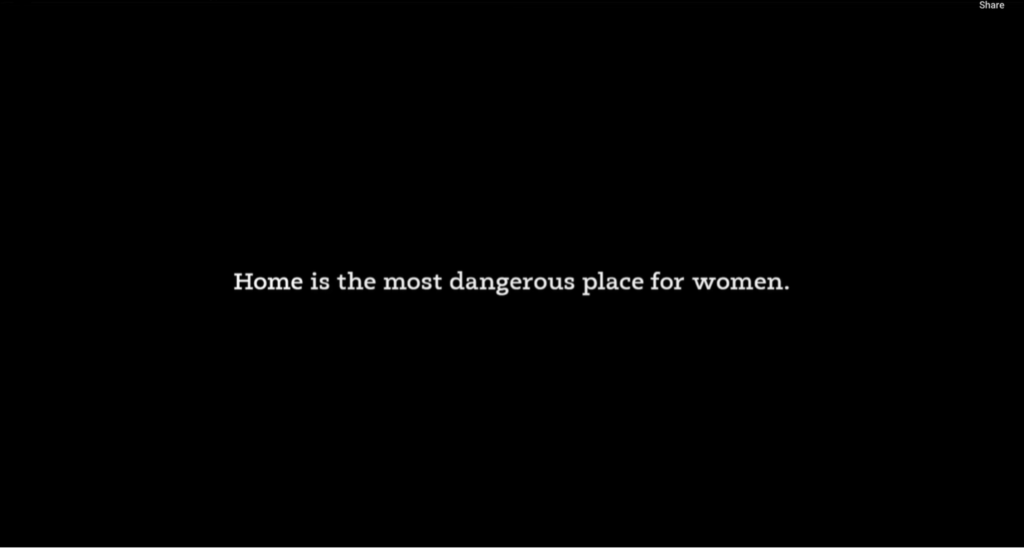
How to Know a Great Idea When You See One
Inside the three levels of creative thinking and why practice—not genius—makes the difference.
At our agency, everyone pitches ideas—account managers, interns, everyone. Every Friday, one rule: bring an idea. It can be for a client, a new business prospect or even promoting ourselves. We call it The Creative Pitch.
Understandably, new staffers show up anxious. They clutch their “big ideas” like life preservers until they realize most of them can’t float. The veterans, of course, can smell a Level One idea a mile away. Within weeks, the rookies are thinking sharper, deeper, bolder. Pretty soon they’re turning up with Level Two ideas—the ones we can actually put to use. There’s a lot more to our process. But that’s essentially how they learn the discipline of practicing creativity. Because that’s the real secret: creativity is a muscle. We exercise it every week.
Over the years, we’ve been lucky enough to have more than our fair share of Level Three ideas. That’s the good stuff! That billboard that stopped traffic—literally. That product launch activation that went viral. That influencer campaign that had everyone speaking with their hands. That tv commercial people couldn’t stop talking about. There were plenty of industry awards too, but what really mattered was that feeling in the room when everyone knew we’d nailed it.

These three levels don’t just help us organize ideas—they help us recognize what a good idea looks like when we see it. That recognition only comes from practice. If you’re only occasionally coming up with creative ideas, you don’t build the muscle memory to see them for what they are in contrast to others. It’s easy to fall in love with your own idea. It’s easy to approve mediocre ones because they’re safe. But we’re looking for those Level Three ideas that make your palms sweat.
Ironically, Level Three ideas often don’t get approved precisely because they make people nervous. Level Two ideas, on the other hand, are like a warm blanket—great enough, but safe enough and comforting. That’s why the act of practicing creativity is the whole point. The levels are simply how we measure the thinking, the way we take its temperature.
Level One — The Obvious
This is where the amateurs end and the professionals begin. The cliché. The easy pun. The familiar visual. Level One ideas pour out fast, and that’s their only virtue. They’re what happens before the real thinking starts.
We don’t shame Level One ideas—they’re often the raw material that leads somewhere better. But they rarely surprise anyone. They feel safe, familiar, frictionless.
When creative is weak, media does the heavy lifting and the lift is small. When creative is strong, it dominates outcomes. That’s why shipping Level One unchanged is a tax on effectiveness. The trick is not to stop there.
Level Two — The Competent
This is where most of the work lives. Level Two ideas are smart, on-brand, strategically sound and well-crafted. They keep the machinery running. They make clients money. They keep teams busy.
And sometimes, that’s exactly what’s needed. A Level Two idea with serious momentum—a strong media push, clever PR or social energy—can outperform a brilliant Level Three idea that never gets the chance to breathe. The old line from David Ogilvy still stings in the best way: It’s not creative unless it sells.
Effectiveness research from Les Binet and Peter Field for the UK’s Institute of Practitioners in Advertising shows why a well-funded Level Two can win. Excess share of voice above share of market predicts growth, which means execution and exposure can beat sporadic brilliance.
In truth, Level Two is the dependable workhorse. It’s not a sin to live here—it’s just a shame to never climb higher.

Level Three — The Breakthrough
This is the rare altitude where brands—and sometimes careers—change course. The Level Three idea is bold, original, emotionally magnetic and strategically flawless. It’s the one that makes the room go quiet for a moment before everyone starts talking at once. It’s not just smart—it’s right.
You can feel it in your gut. Your palms sweat. You start worrying it might get killed, not because it’s bad but because it’s too good. Level Three ideas scare people. They challenge comfort zones, committees and sometimes entire industries.
Cannes Lions, advertising’s equivalent of the Oscars, celebrates this level each summer. Just have a look though the past few years’ winners for inspiration.
The “Edible Mascot” campaign for Pop-Tarts is a perfect example. The brand literally baked its own mascot—an enormous pastry—then toasted and served it to a roaring college football crowd at the Pop-Tarts Bowl. The stunt was absurd, audacious and completely on-brand. Cameras caught fans cheering as the edible mascot was lowered into a custom toaster-shaped stage and eaten by the winning team. It was silly and sublime at once—a reminder that the most memorable ideas often flirt with madness.
Then there was “Sounds Right” by the Museum for the United Nations, an idea that credited nature as an artist. On music platforms, tracks featuring the sounds of forests, rain or birds were reclassified to give songwriting royalties to the environment itself, with funds directed toward global conservation. It was simple, poetic and perfectly of its time—a new business model disguised as art.
And insurance company AXA France’s “Three Words,” a program that reimagined home insurance, turned a corporate product into a social lifeline. Instead of selling coverage with price and policy talk, it used a plain-spoken code phrase that victims of domestic violence could say to any staff member to trigger discreet help, emergency relocation and financial support. It transformed an everyday brand service into a human one, proving that creativity can be life-saving, not just attention-getting.
These ideas couldn’t have been born from caution. They took nerve, trust and timing. That’s Level Three territory. You don’t stumble into it—you grind your way there through hundreds of discarded Level Ones and Twos until one idea stops the room.
Practicing Creativity
The real secret isn’t that we have a three-level system—it’s that we practice creativity like musicians practice scales. Every week, every person. We treat ideation as a discipline, not an accident. When the entire agency builds that reflex, we stay sharp, unpredictable, alive.
Clients leave agencies when the thinking gets stale. Our antidote is to keep the ideas flowing—more ideas than they can use, always pitching as if they’re new. It’s the only way to keep the spark alive.
The long view backs this up. Based on twenty years of IPA case studies analyzing thousands of real-world campaigns across categories and time horizons, the findings show that creative quality plus consistency drives growth over time. Sporadic genius is fun at parties. Consistent excellence pays the rent.

Applying the Three Levels
Every idea we see goes through the same lens:
• Level One sparks discussion
• Level Two drives business
• Level Three defines brands
It’s not a hierarchy of ego—it’s a framework for clarity. We need all three levels. But we also need to know which one we’re holding so we can push it higher or execute it harder.
When we do this, something else happens. We start to see what good looks like. We stop confusing volume for value. We learn, instinctively, when an idea is worth fighting for.
That instinct—call it creative literacy—only comes from practice. It’s the ability to look at a dozen ideas and know which one might stop traffic and which one just fills airtime.
TGIF
This Friday, someone may still walk into The Creative Pitch (or more likely, tune in via Zoom) with a Level One idea. And like every Friday, someone else will try to help turn it into a Level Two—or, on a really good day, a Level Three. Or maybe, the person who pitched the idea will come back next week with an improved version. Or not.
That’s the point. The practice matters more than the result or the hierarchy. Because creativity isn’t magic. It’s muscle memory. And every week, we train for it.
One of my creative heroes, Bill Bernbach, the American co-founder of Doyle Dane Bernbach, understood this. He led a revolution in the 1960s when he paired writers and art directors and created campaigns like Volkswagen’s “Think Small.” Like Bernbach, I have kept a small note in my desk for decades that reads, “Maybe he’s right.” (Yes, I now I should change it to “Maybe they’re right”, but in the spirit of nostalgia, just go with it.) It’s my reminder of Bernbach’s restless humility—his insistence that great ideas come from collaboration, honesty and risk. He once said, “Nobody counts the number of ads you run; they just remember the impression you make.” Every Friday, that’s the goal. We’re not counting decks or campaigns—we’re chasing impressions worth remembering.
Sources: Nielsen & NCS Creative Impact Studies, 2023; Les Binet & Peter Field, The Long and the Short of It, IPA, 2021; Cannes Lions 2024 Grand Prix Winners: Pop-Tarts “Edible Mascot” and “Sounds Right”; Cannes Lions 2025 Grand Prix Winner: “Three Words”; David Ogilvy, Ogilvy on Advertising, 1983; Bill Bernbach Archives and The Bernbach Letters, 1986.



